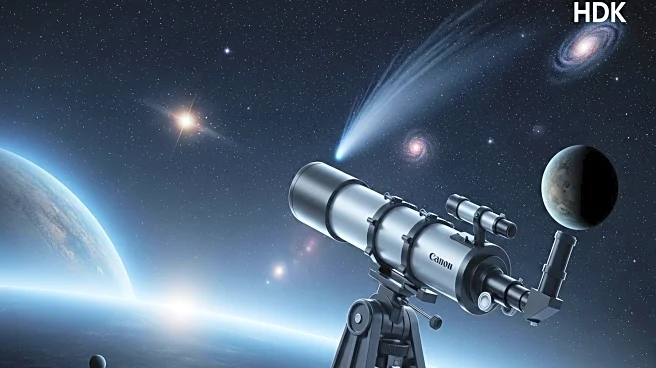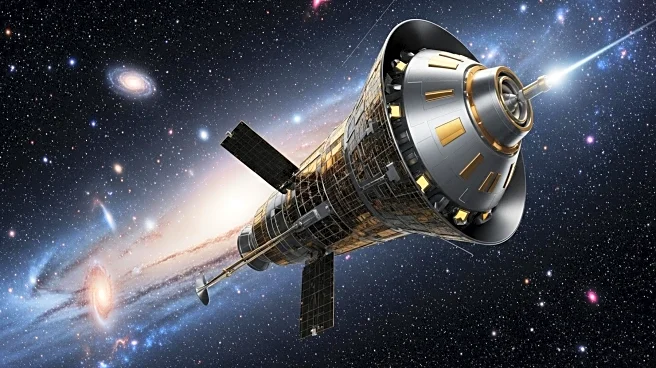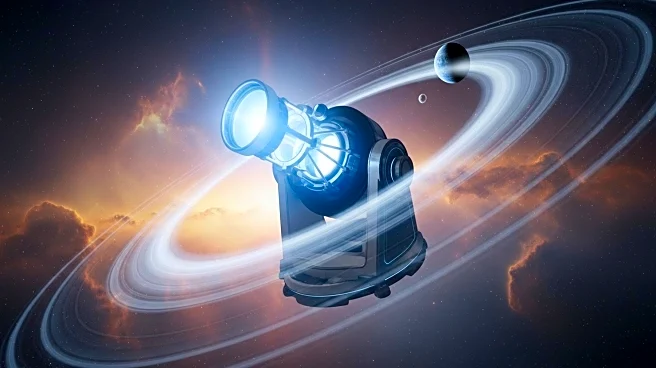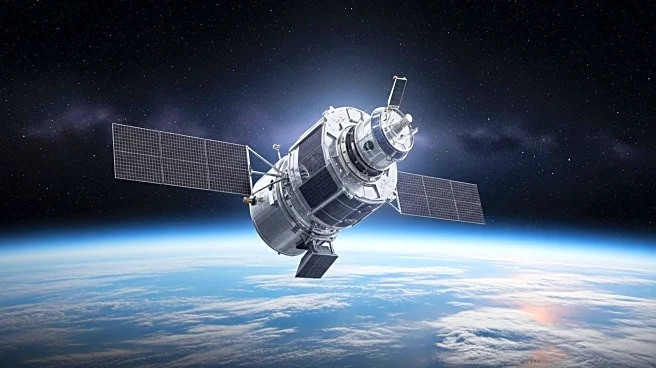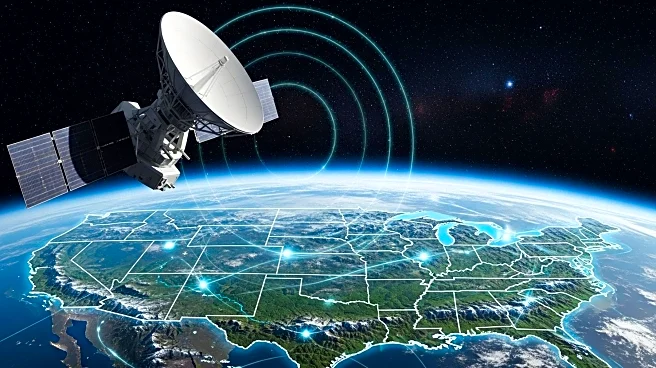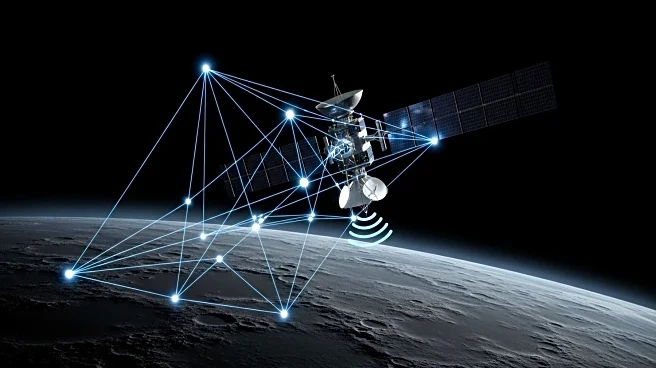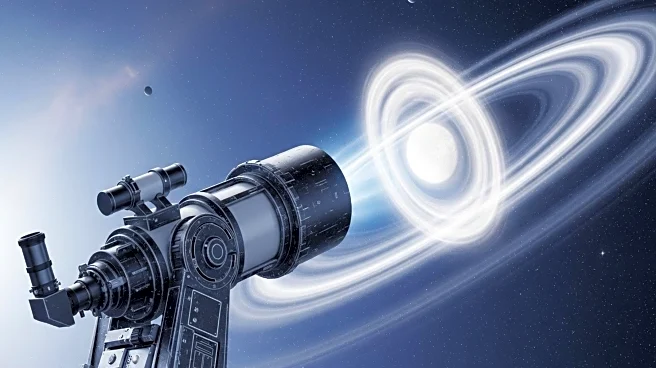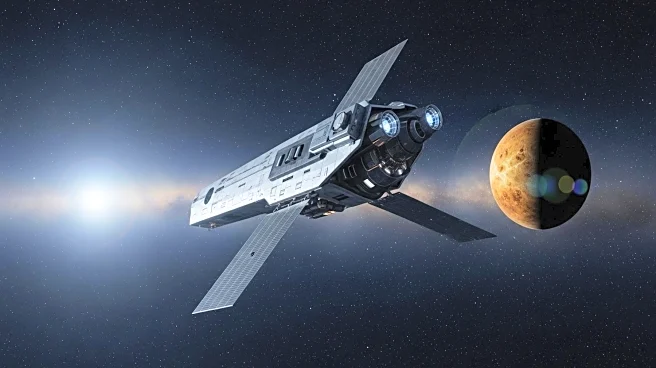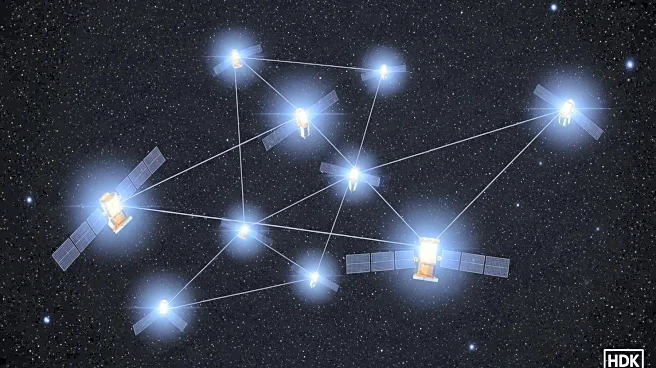What's Happening?
NASA's Goddard Space Flight Center has issued a request for proposals for a Phase A study of the Space Weather Geostationary PHOtospheric Magnetograph Imager (PHOMI) instrument. This instrument is intended to fly on NOAA's Space Weather Geostationary Series satellites. The PHOMI will provide line-of-sight measurements of the solar photospheric magnetic field, crucial for modeling solar wind velocity, density, and magnetic polarity. The study aims to develop a design concept, assess costs, schedules, and risks, and refine mission requirements for eventual flight development. Contractors are expected to deliver a sensor design concept, performance assessments, trade studies, technical analyses, and a notional development schedule.
Why It's Important?
The development of the PHOMI instrument is significant for enhancing the understanding and prediction of space weather phenomena, which can impact satellite operations, communications, and power grids on Earth. By improving the accuracy of solar wind modeling, the instrument could help mitigate risks associated with space weather events. This initiative represents a collaboration between NASA and NOAA, highlighting the importance of inter-agency efforts in advancing space weather monitoring capabilities. The project also offers opportunities for industry involvement, potentially driving innovation and technological advancements in space instrumentation.
What's Next?
Following the Phase A study, NASA anticipates that the selected contractor will proceed to a System Requirements Review and a Preliminary Design Review. The government may consider extending the study for up to six additional months to address technical, cost, and schedule risks. This extension would advance the study to a Preliminary Design Review level of readiness, paving the way for the instrument's eventual deployment on NOAA satellites.
Beyond the Headlines
The PHOMI instrument's development could have long-term implications for space weather forecasting and the protection of critical infrastructure. As reliance on satellite technology grows, accurate space weather predictions become increasingly vital. The collaboration between NASA and NOAA underscores the importance of coordinated efforts in addressing global challenges posed by space weather.


